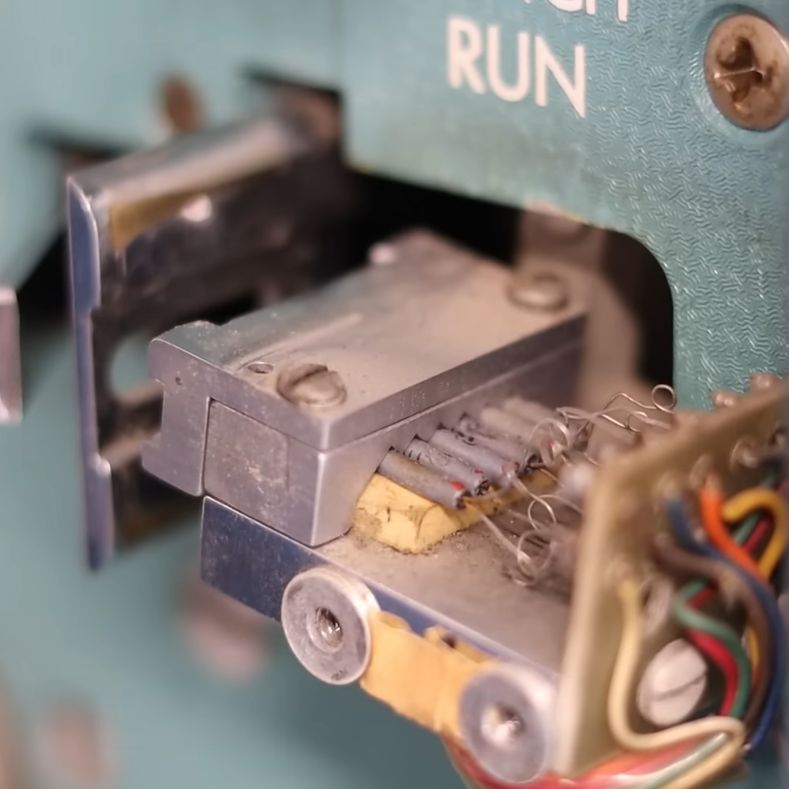On the (Usagi Electric) farm, (David Lovett’s) custom-built 1-bit vacuum tube-based computer (UEVTC for short) has come along nicely in recent years, equaling and even superior to the 1-bit Motorola MC14500B industrial control unit (ICU) from which it is heavily inspired. What is still missing, however, is a faster way to get data into the computer than manually flipping switches. The obvious choice would be to build a (punched) tape reader, but how do you go about it and what are the options here? Using some historical examples for reference and the tape reader on the impressive 1950s Bendix G-15 that (David) happens to have lying around, (David) takes us through the spiraling complexity of what at first glance looks like a simple engineering challenge.

Perforated paper tapes were widely used alongside punched cards and magnetic tapes, and despite their low bit density, rolls of paper tape on acid-free paper (or, for example, Mylar) were expected to remain readable for many decades. So how do you read those perforations in the paper? This can be done mechanically or optically, with feed rate being an important consideration in both cases. The idea of a mechanical reader was immediately abandoned due to tape wear and tear, and (David) dug into his stack of photodetector tubes. After looking at a few rather clunky approaches using such tubes, he instead used the photodiodes in the Bendix G-15 tape reader as inspiration for a design. These are 1.8mm diameter photodiodes, which are not very common, but have the nice property of lining up precisely with the holes in the paper tape.
All that was left was to create a proof of concept on a breadboard with some lightbulbs and a photodiode to demonstrate that a valid logic signal could be generated. This turned out to be the case, allowing the construction of the actual tape reader, which will be presented in the upcoming videos.

